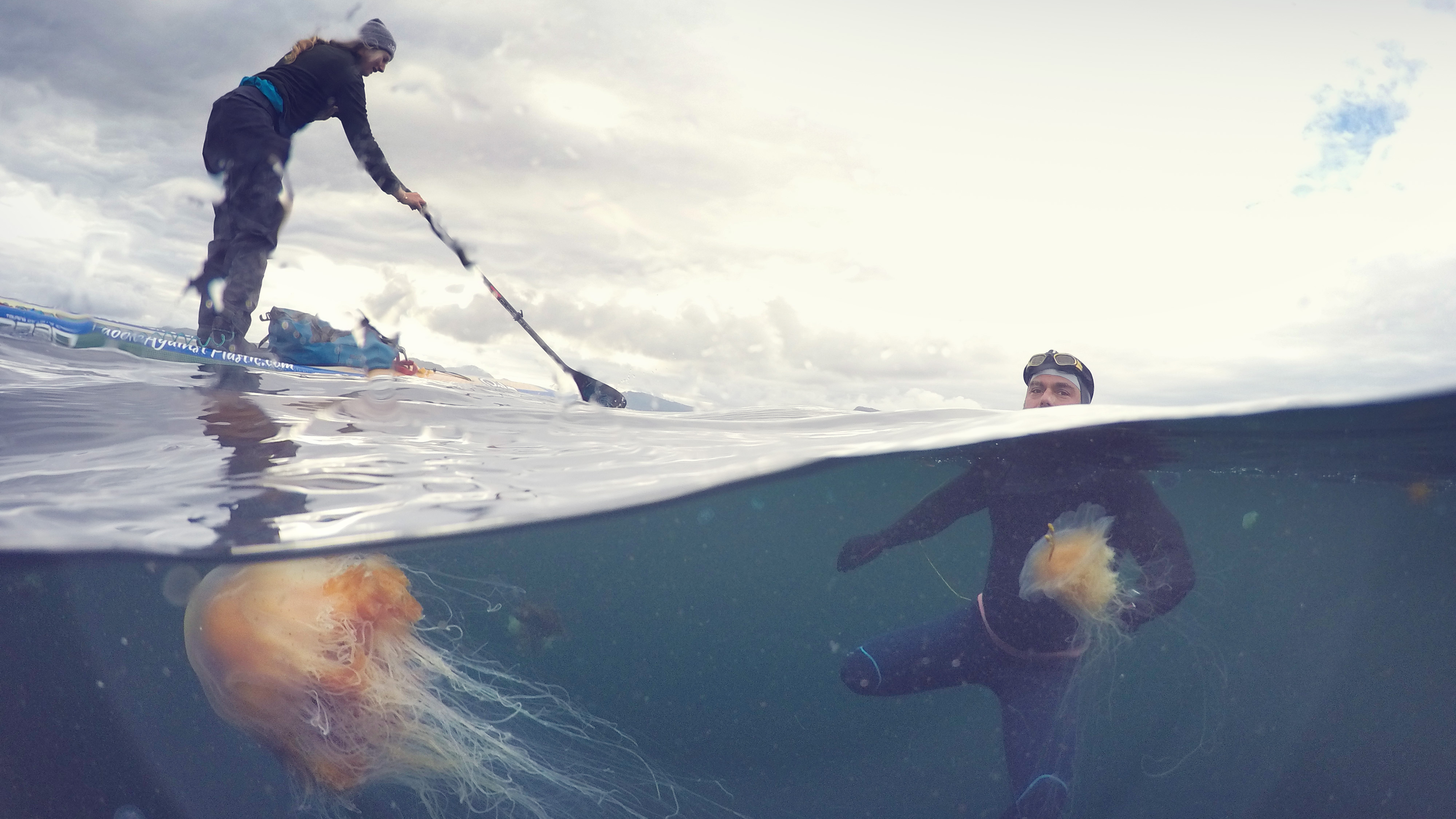What do hikers, skiers and climbers need to know about freeze-thaw cycles?
We explain the risks of freeze-thaw for trail users, and how to keep yourself safe when the weather is acting up
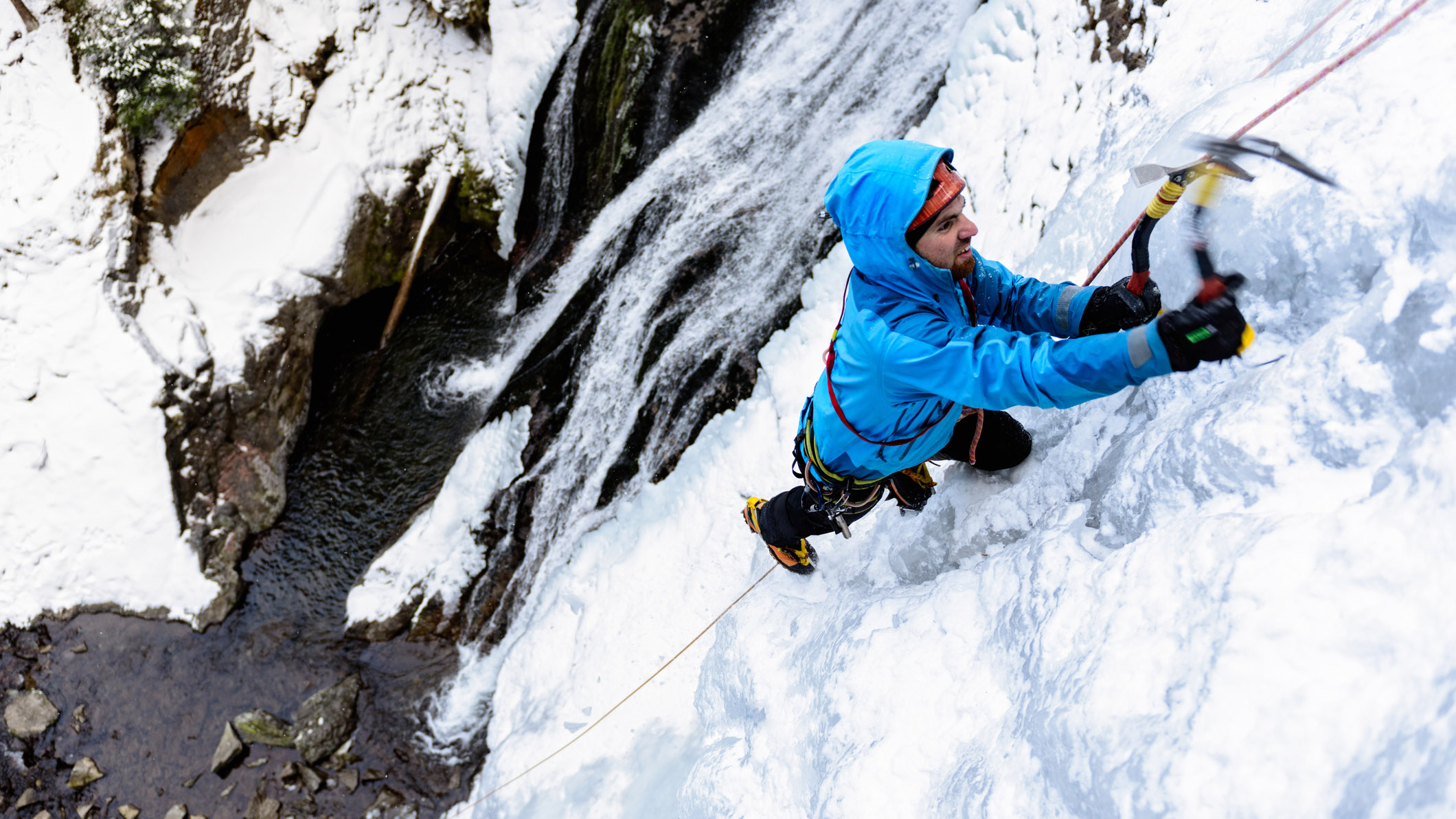
A mild day during the winter and spring can feel like a gift from the gods. Hikers ditch the fleece jacket and hit the trail, climbers flock to the crag and backcountry skiers get to skin uphill shirtless. Once you’re out there, though, the conditions can be more treacherous than you thought – that meltwater flowing down trail can suddenly freeze over mid-afternoon, rocks can come loose in your hand when you’re trying to place gear and avalanche risk can be substantially higher.
Often, that mild day isn’t a signal that spring has sprung so much as a few warm hours within the freeze-thaw cycle. As we move into spring, you’re likely to see an uptick of warnings from mountain rescue and other officials about the dangers of freeze-thaw. But what is a freeze-thaw cycle anyway? And what does it mean for those of us who like to get outdoors in any weather?
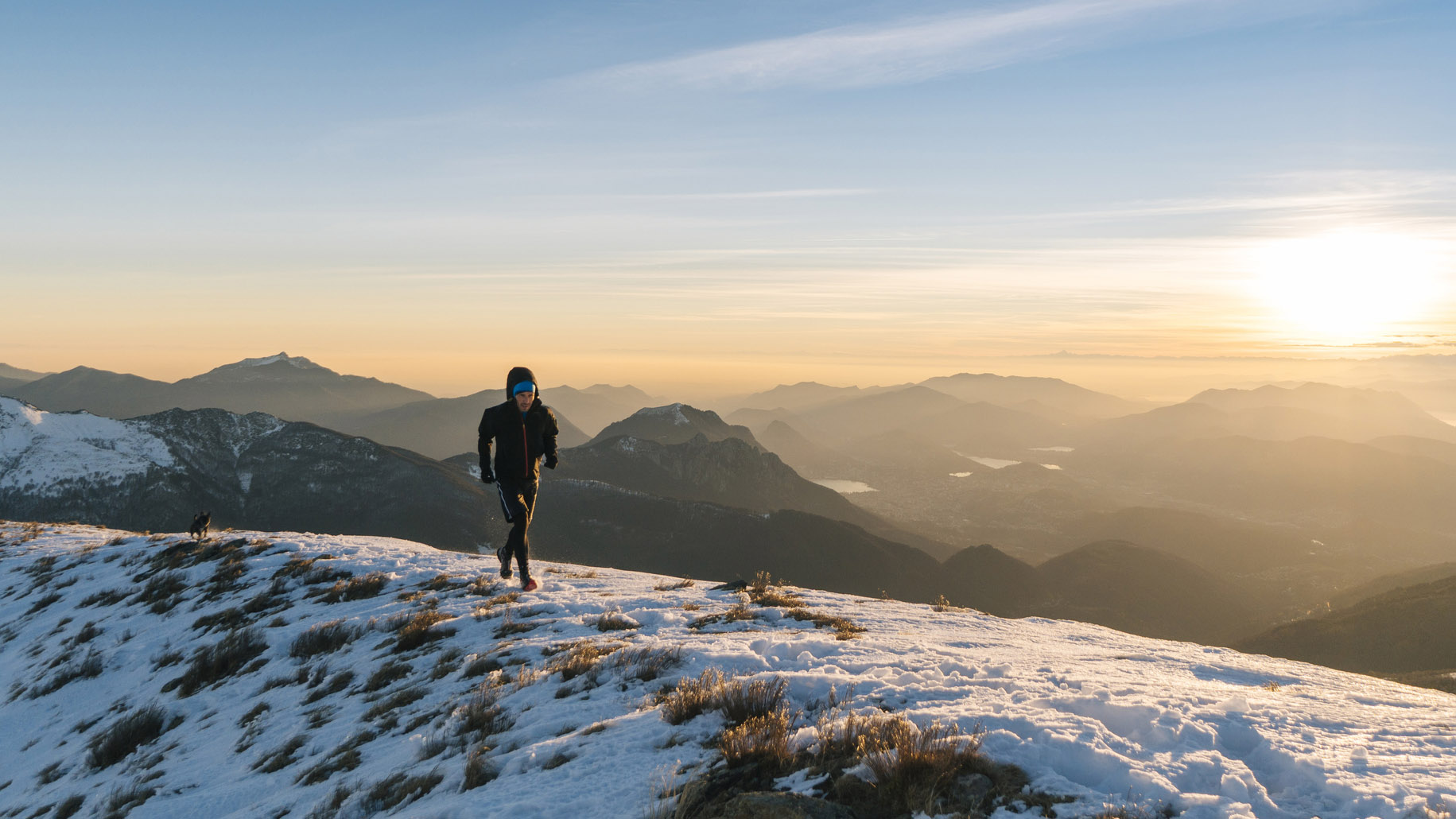
What is the process of freeze-thaw?
If you were to look at an illustration depicting the four seasons, it would appear that winter brings cold temperatures, ice and snow followed by a thaw in the spring when the temperatures start to rise and ice and snow go away. However, weather patterns are much less predictable and more varied than that and there are many freezes and thaws throughout winter, spring, and even over the course of the year in some places.
The term freeze-thaw cycle, or FTC, generally describes the process when the air temperature falls low enough to freeze water (below 32°F/0°C) then rises high enough to thaw (above 32°F/0°C). Though an FTC can happen at any time of year in northern climes and high altitude zones, they’re more frequent in winter.
As Great Lakes Integrated Sciences and Assessments explains, an FTC is typically defined as the total number of times temperature readings cross the freezing threshold during a given time period, divided by two. However, there are other common definitions of the FTC, such as an annual FTC, a period lasting more than one year, less than one day, or when the daily high is above freezing but the daily low is below freezing, which we often see during the spring and fall, at altitude and in desert ecosystems.
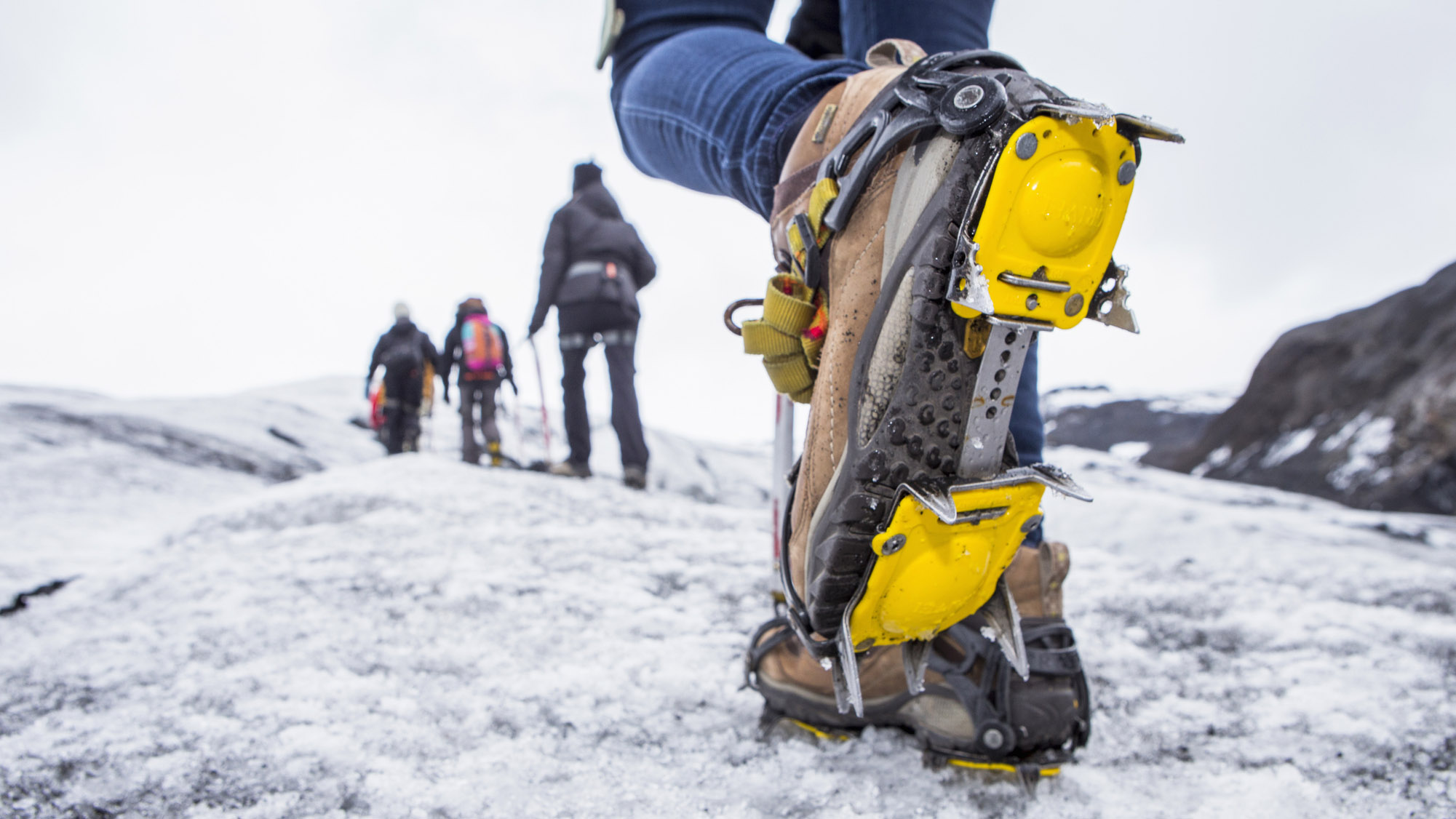
As explained in a 2020 article published in Earth-Science Reviews, freeze-thaw is largely incidental to the water itself, but it places stress on other structures like rocks and soil due to the patterns of contraction and expansion (liquid water is denser than ice), while ice and block the flow of water leading to flooding and burst pipes.
Patterns of freeze-thaw are a normal part of nature, but they can have damaging implications for crops and infrastructure and can contribute to damaging runoff, erosion, rockslides and avalanche risk. With global warming, some areas like the Great Lakes region are observing decreased FTC activity, but they can still present a major hazard for hikers, skiers and climbers.
Advnture Newsletter
All the latest inspiration, tips and guides to help you plan your next Advnture!
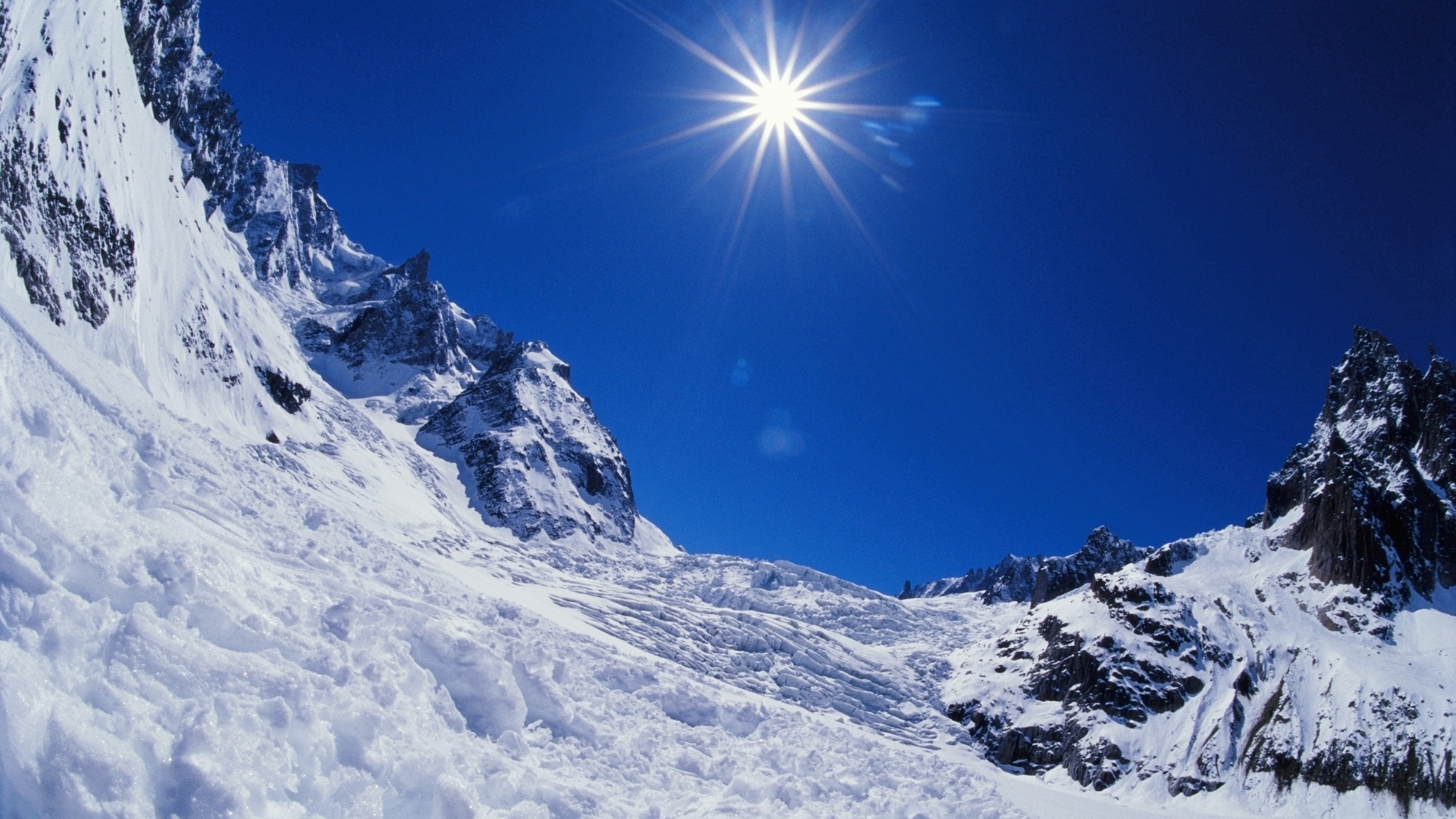
What you need to know about freeze-thaw cycles
An FTC can have various implications for hikers and other trail users. In the spring, overnight lows often mean that the morning brings frosty or icy trails. Throughout the day, the sun warms the trail up and that ice melts into the trail, making it soft and muddy. Then around sunset, it may freeze again. If you hike on the trail during the muddy period, it increases the erosion of the trail and this is why some trails may be closed in the spring – you should observe these closures to avoid trail damage.
Furthermore, during the day spring runoff may start to stream down onto the trail as snow and ice higher up melts. When a large amount of water freezes, it can make the trail extremely hazardous, like a skating rink, so it’s a good idea to time your hike to be over well before the temperature drops, and bring winter traction devices such as Microspikes to pull on over your hiking boots just in case.
In avalanche-prone areas, meaning any snow-covered slope that’s 30 degrees or more, backcountry hikers and skiers are at increased risk during FTCs. The thaw means water seeps into existing snow slabs and structures, causing them to settle and become heavy. This can mean the snow starts to creep downhill and can result in a wet slide that can be catastrophic.
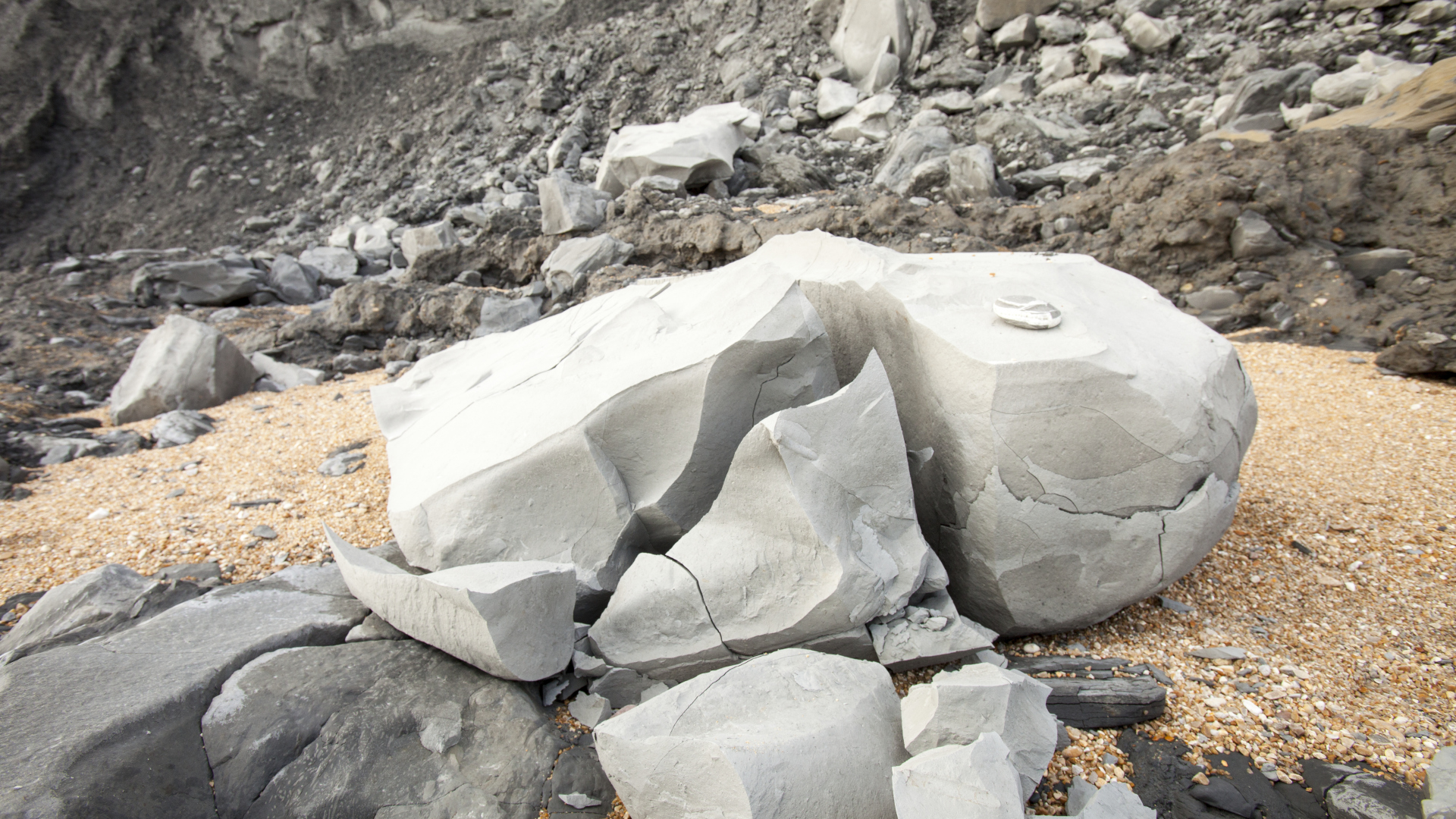
Even if you’re not a backcountry skier and are staying away from snow zones, you can still be affected by FTCs if you’re hiking in craggy areas, near waterfalls or doing some spring rock climbing. When water seeps into rock, freezes then thaws again, it can cause the rock to come loose and fall. A 2023 report by researchers at the University of Quebec observed that rockfall is 12 times greater during a superficial thaw than during a cold period, so just because the temperatures are unseasonably warm doesn’t mean it’s safe to head to the crag or attempt a 14er.
At a minimum, climbers and mountaineers should be wearing a helmet during freeze-thaw and for hikers it’s best to avoid areas with rocks overhead.
As we’ve mentioned, the FTC is a normal part of nature and you can easily avoid its effects if you want to go outdoors, but there are a few things you can do to keep yourself safer:
- Check the weather forecast for temperature swings before going out and know how to read a mountain weather forecast.
- Dress in hiking layers to prepare for changing temperatures and always carry the 10 essentials.
- Observe trail closures and carry traction devices like Microspikes for icy trails (crampons for mountaineering).
- Get avalanche safety training if heading into avalanche-prone terrain and carry an avalanche beacon.
- Avoid rocky overhangs and cliffs and wear a helmet if you cannot.
Julia Clarke is a staff writer for Advnture.com and the author of the book Restorative Yoga for Beginners. She loves to explore mountains on foot, bike, skis and belay and then recover on the the yoga mat. Julia graduated with a degree in journalism in 2004 and spent eight years working as a radio presenter in Kansas City, Vermont, Boston and New York City before discovering the joys of the Rocky Mountains. She then detoured west to Colorado and enjoyed 11 years teaching yoga in Vail before returning to her hometown of Glasgow, Scotland in 2020 to focus on family and writing.

